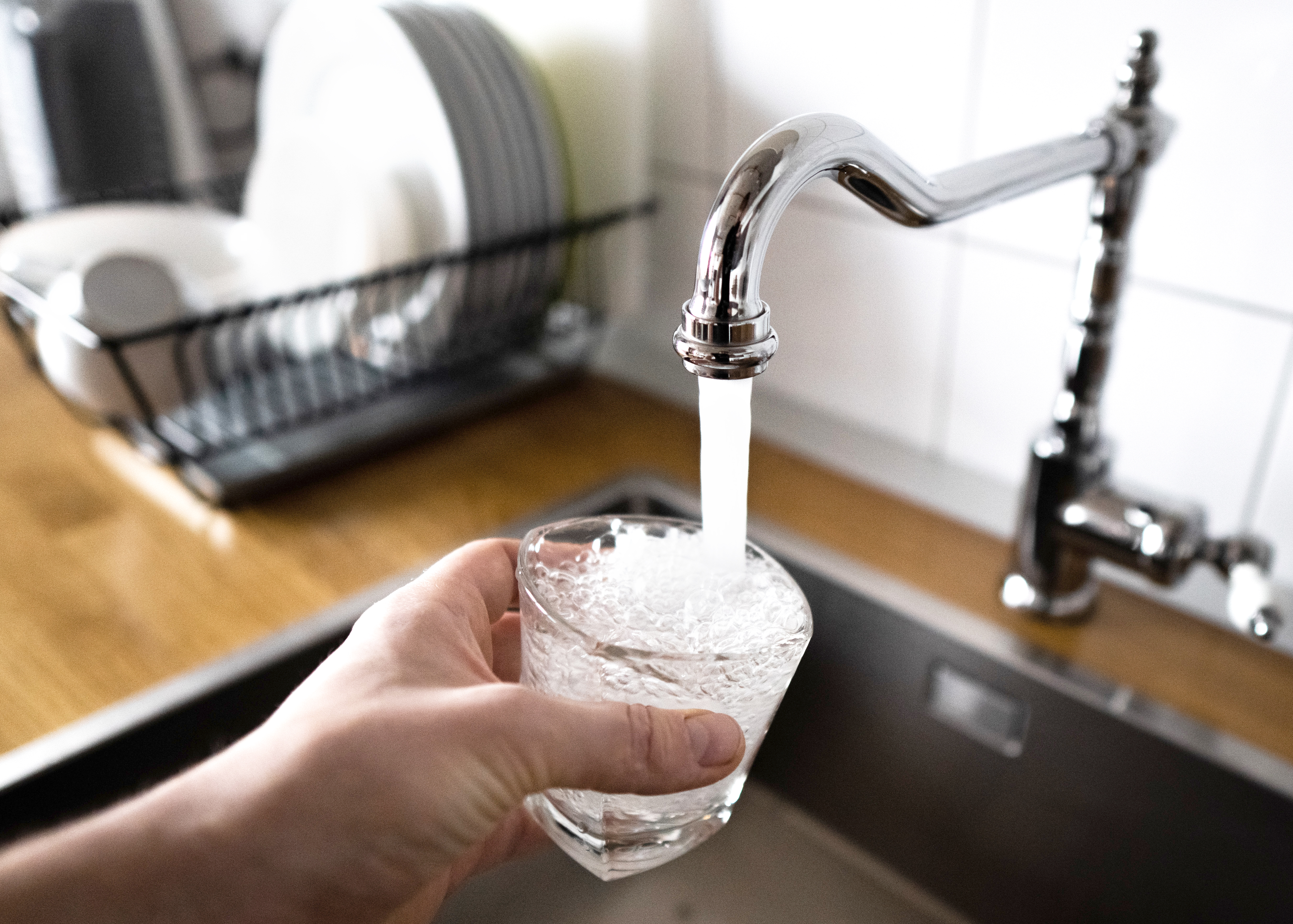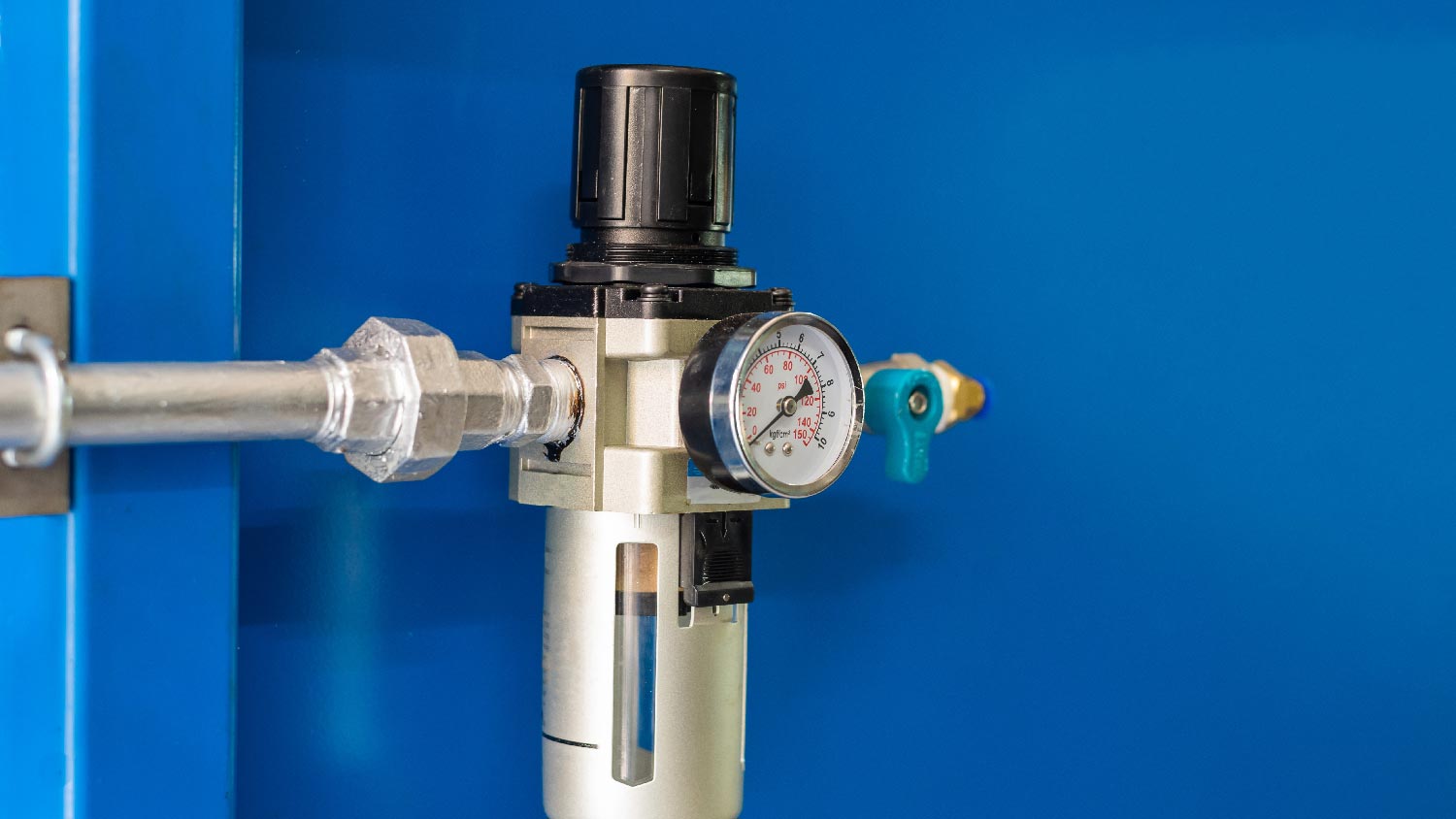
Learn about main water line repair costs in Columbus and what affects pricing to be prepared before you start getting estimates.
Main water line replacement in Indianapolis costs $2,508 on average. While the typical range is from $1,147 to $4,096, the total will depend on its length, materials, and installation requirements.


Your main water line replacement cost in Indianapolis depends on its length, materials, and the necessary installation steps.
The average cost range for the job is between $50 and $150 per linear foot.
Despite the lower-than-average cost of living in Indianapolis, water main replacement prices are above national norms.
PVC and PEX are the most common main water line materials in the Hoosier state due to durability and budget-friendliness.
The cost of living in Indianapolis, IN, is lower than the national average. However, partially because exterior plumbing must remain below the frost line in the area, main water line replacement costs in Indianapolis are significantly higher than average. Typical costs for the job are between $1,147 and $4,096, with an average price of $2,508.
The primary pricing factors of your main water line replacement are its length, materials, and the installation method. Your local plumber is your best resource when your home's main water line needs attention, as they understand the challenges related to installing underground piping and keeping it safe from freezing temps in Indianapolis.
Acting as a cost multiplier, the length of your Indy home's main water line ultimately determines the total price of several of the other cost factors. The main water line extends from the municipal water system to your home's plumbing. Expect to spend between $50 and $150 per linear foot for most replacements and up to $250 per linear foot for particularly challenging installations.
Despite the lower-than-average cost of living in Indianapolis, the area's climate requires exterior plumbing to be deep below ground. This fact means that main water line replacements in the area are above national averages. In Indianapolis, your home's main water line needs to be at least 46 inches below ground level to keep it from freezing in the winter months.
There are a couple of ways to achieve that depth, including trenchless installation, which is common in Indianapolis's tunneling-friendly soil, and digging a trench, which is more costly but only necessary if tree roots, boulders, or other obstacles are in the direct path of the replacement work.
| Installation Method | Average Cost Range (per linear foot) |
|---|---|
| Trench | $50–$150 |
| Trenchless | $75–$250 |
The per-foot cost of materials is a factor in the job's total price. Indianapolis doesn't have particularly corrosive soil attributes. However, it remains a factor to consider when selecting material types.
Durability and cost-effectiveness are the most significant concerns in the area. PEX and PVC are both corrosion-resistant and budget-friendly, making them the most common materials for main water lines in the area.
| Material | Cost (per linear foot) | Pros | Cons |
|---|---|---|---|
| Copper | $2–$10 | Durable, freeze-resistant | Costly, susceptible to corrosion in acidic soil |
| PEX | $0.40–$2 | Budget-friendly, flexible, freeze-resistant | Requires special fittings |
| PVC | $0.50–$5 | Budget-friendly | Susceptible to various damages |
| Cast Iron | $2–$10 | Durable, freeze-resistant | Outdated, rusts, susceptible to corrosion, costly |
| FRP | $5–$10 | Durable, freeze-resistant | Costly |
Accessibility, or how easily your plumber can reach the necessary installation depth, is a crucial factor regarding the cost of water line replacement. Landscaping obstacles, driveways, sidewalks, boulders, and tree roots in the way of the work can quickly increase the cost of the job. Expect to pay higher installation prices where these obstacles exist or if trenching is necessary for all or part of the project.
After installing your home's new water line, your plumber must connect it to your home's plumbing system and the city's water supply line. While these costs will be part of your pricing estimate, unexpected challenges during the process can increase the cost of the project. Expect to spend an additional $300 to $1,000 if your home's main water shut-off valve requires replacing to accommodate the new line.
Replacing your home's main water line isn't suitable as a DIY task and requires the specialized tools and experience of a water main expert in the Indianapolis area to safely accomplish the task. Depending on the installation details, you may also need to hire additional pros to help finish the job.
Expect labor costs of $18 to $90 per linear foot, on average, or between 35% and 60% of the total job price. This reflects a labor cost for replacing your water line in and around Indianapolis that roughly matches national averages.
A permit from your municipality is necessary when replacing your home's main water line. Your installer will obtain the permit, handle inspections, and include the cost in your pricing estimate. Permit costs range from $100 to $500, depending on the scope of the project.
If your water main replacement project requires digging to create an access trench, temporary landscape alteration, or foundation repair work for the house during or after the replacement work, you may require one or more of these additional services.
Landscaping costs: $1,250–$6,300
Driveway contractor costs: $3,100–$7,400
Foundation repair costs: $2,200–$8,100
Your home's main water line is a necessary component of a house. Its proper functioning is essential to keep the house running as it should. Because of this, you won't experience a significant return on your investment (ROI) for replacing it when the need comes up.
Additionally, failing to replace or repair a faulty water line can reduce your home's resale value and increase the risk of potentially pricey water damage.
Home is the most important place on earth, which is why Angi has helped more than 150 million homeowners transform their houses into homes they adore. To help homeowners with their next project, Angi provides readers with the most accurate cost data and upholds strict editorial standards. We survey real Angi customers about their project costs to develop the pricing data you see, so you can make the best decisions for you and your home. We pair this data with research from reputable sources, including the U.S. Bureau of Labor Statistics, academic journals, market studies, and interviews with industry experts—all to ensure our prices reflect real-world projects.
Want to help us improve our cost data? Send us a recent project quote to [email protected]. Quotes and personal information will not be shared publicly.
From average costs to expert advice, get all the answers you need to get your job done.

Learn about main water line repair costs in Columbus and what affects pricing to be prepared before you start getting estimates.

How much does hydro jetting cost? Learn hydro jet drain cleaning prices based on factors like the extent of the clog, accessibility, and more.

Learn how much plumbers cost in Columbus, Ohio. Discover pricing for faucet repairs, pipe work, and emergency services, plus how you can save money.

Find out the average water pressure regulator replacement cost, key price factors, and tips to save on your project. Get transparent, expert-backed cost info.

A dripping sound in your walls could be signs of a big problem with a big price tag. Learn how to find the issue and get it fixed.

If your tub stopper is ruining bathtime or it’s time for a new one, you can easily DIY the job. Keep reading to discover how to remove a bathtub drain stopper.